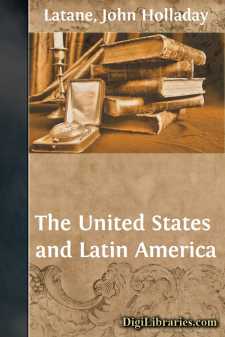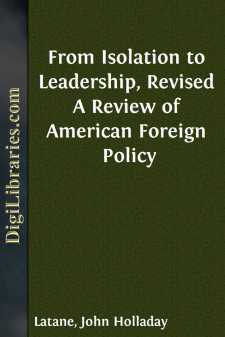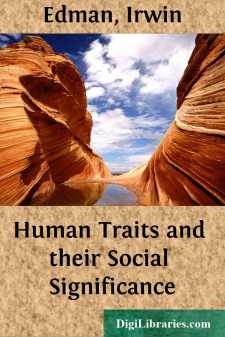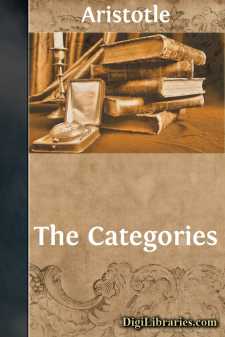Categories
- Antiques & Collectibles 13
- Architecture 36
- Art 48
- Bibles 22
- Biography & Autobiography 813
- Body, Mind & Spirit 142
- Business & Economics 28
- Children's Books 17
- Children's Fiction 14
- Computers 4
- Cooking 94
- Crafts & Hobbies 4
- Drama 346
- Education 46
- Family & Relationships 57
- Fiction 11829
- Games 19
- Gardening 17
- Health & Fitness 34
- History 1377
- House & Home 1
- Humor 147
- Juvenile Fiction 1873
- Juvenile Nonfiction 202
- Language Arts & Disciplines 88
- Law 16
- Literary Collections 686
- Literary Criticism 179
- Mathematics 13
- Medical 41
- Music 40
- Nature 179
- Non-Classifiable 1768
- Performing Arts 7
- Periodicals 1453
- Philosophy 64
- Photography 2
- Poetry 896
- Political Science 203
- Psychology 42
- Reference 154
- Religion 513
- Science 126
- Self-Help 84
- Social Science 81
- Sports & Recreation 34
- Study Aids 3
- Technology & Engineering 59
- Transportation 23
- Travel 463
- True Crime 29
The United States and Latin America
Description:
Excerpt
CHAPTER I
The English colonies of North America renounced allegiance to their sovereign more through fear of future oppression than on account of burdens actually imposed. The colonies of Spain in the southern hemisphere, on the other hand, labored for generations under the burden of one of the most irrational and oppressive economic systems to which any portion of the human race has ever been subjected, and remained without serious attempt at revolution until the dethronement of their sovereign by Napoleon left them to drift gradually, in spite of themselves, as Chateaubriand expressed it, into the republican form of government. To carry the contrast a step further, when the conditions were ripe for independence, the English colonies offered a united resistance, while the action of the Spanish colonies was spasmodic and disconcerted. The North American revolution gave birth to a federal republic, that of the South to a number of separate and independent republics, whose relations with one another have at times been far from amicable. The causes for these striking differences are to be explained not alone by race psychology, but by a comparison of the English and Spanish colonial systems and of the two revolutions as well. The history of the English colonies and of their revolt has been pretty well exploited, but information in regard to the Spanish-American revolution and its causes, although the sources are abundant, is not easily accessible to English-speaking people.
By virtue of the celebrated Bull of Pope Alexander VI, the Spanish-American colonies were looked upon as possessions of the crown, and not as colonies of Spain. Their affairs were regulated by the king, with the assistance of a board called the Council of the Indies. This council, which was on a footing of equality with the Council of Castile, was established by Ferdinand as early as 1511, and was modified by Charles V in 1524. It was to take cognizance of all ecclesiastical, civil, military, and commercial affairs relating to the colonies. From it proceeded the so-called Laws of the Indies, and all colonial offices in the gift of the crown were conferred by it. In the course of time, however, the personnel of this council became merged with that of Castile, and for all practical purposes the colonies became dependencies of the Spanish nation.
There were from the first establishment of Spanish rule in America, two viceroyalties on the continent. The viceroy of New Spain ruled over Mexico and Central America, whilst all South America subject to Spanish control was for about two centuries under the viceroy of Peru. In regions too remote to be under his immediate control, audiencias, or courts of justice, were established, the president of the audiencia being known by the title of captain-general. Thus audiencias were established at Quito in 1542, at Charcas (in modern Bolivia) in 1559, in New Granada in 1564, in Chile in 1568, and later at Caracas and at Buenos Aires....












